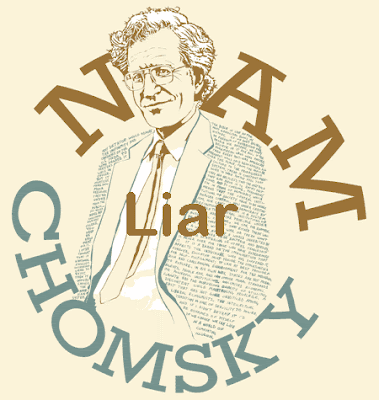

Piaget believed children need to first develop mentally before language acquisition can occur. Accommodation is the process of changing one’s schema to adapt to the new environment. Assimilation is the process of changing one’s environment to place information into an already-existing schema (or idea). Jean Piaget’s theory of language development suggests that children use both assimilation and accommodation to learn a language. Therefore, language develops as long as the infant is exposed to it. No teaching, training, or reinforcement is required for language to develop. Instead, language learning comes from a particular gene, brain maturation, and the overall human impulse to imitate. This theory posits that infants teach themselves and that language learning is genetically programmed. The view is known as nativism and was advocated by Noam Chomsky, who suggested that infants are equipped with a neurological construct referred to as the language acquisition device (LAD), which makes infants ready for language. The LAD allows children, as their brains develop, to derive the rules of grammar quickly and effectively from the speech they hear every day. Chomsky: Nativisim and Language Acquisition Device Multiple theories have been proposed to explain the development of language, and related brain structures, in children. Some people learn two or more languages fluently over their lives (often starting from childhood) these people are bilingual or multilingual. Within the first year of life, children will have learned many of the necessary concepts to have functional language, although it will still take years for their capabilities to develop fully. Humans, especially children, have an amazing ability to learn a language. For example, the question “The king is here?” means different things depending on which word the speaker emphasizes.Humans, especially children, have an amazing capability to learn a language, and several theories exist to explain language development. Unlike UG, generative grammar suggests a variability to language use that is context-driven, rather than innate and universal.

Advancing Language Through Generative GrammarĪs humans grow older, Chomsky suggests, their language use advances according to both their UG and something he terms generative grammar.

More specifically, toddlers seem to naturally let their most pressing desires guide their language use when a parent holds up a bottle of milk, for example, toddlers might say “want.” Their UG guides their language use, suggesting that the thing they want is not the parent, the parent’s hand or the bottle, but rather the milk inside the bottle. The continued development of toddlers’ language use also occurs according to the rules of their innate UG. Developing Language Through Universal Grammar This feature of UG suggests questions be answered when they are asked. For example young toddlers tend to quickly respond to questions with “yes” or “no,” regardless of what was asked. As toddlers, humans start to pick up on the language use of those around them, organizing it according to the rules of UG.

Emerging Language Through Universal GrammarĬhomsky also suggested that a significant component of humans’ LAD was something he termed a Universal Grammar, or UG, a sort of innate framework of rules on which language develops.


 0 kommentar(er)
0 kommentar(er)
